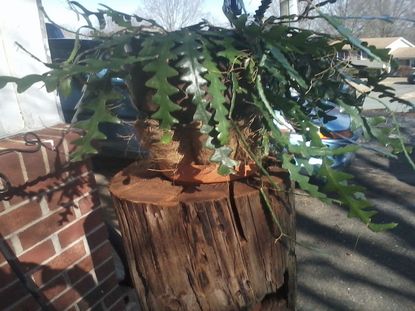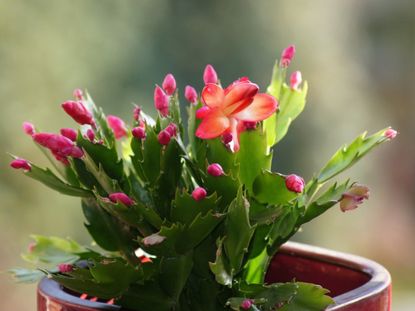Cacti & Succulents
So you want to grow cacti and succulent plants in the garden but don’t know where to start. That’s simple. Tips for growing, caring and designing with succulents and various types of cactus begins here. Use our cacti and succulent growing guide to help answer any questions you may have. There are many types of cactus and succulent plants that can be grown in the home garden, and most are easy to grow. Keep reading to learn more about designing with succulents and start creating cactus gardens that your neighbors will envy!
Explore Cacti & Succulents
Cacti & Succulents
-
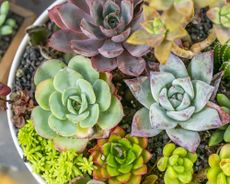
DIY Succulent Fertilizer Recipes For Better Growth And More Flowers
Give your succulents and cacti a nutrient boost with a homemade fertilizer that uses natural, organic ingredients – many of which are available in your kitchen.
By Bonnie L. Grant
-
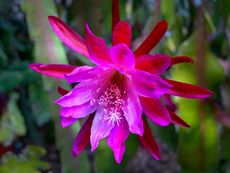
Epiphyllum Plant Care: Tips For Growing Epiphyllum Cactus
Look into growing some of the ten species of epiphyllum, or orchid cactus. Find them in garden centers or online, and grow them in much the same way you’d grow an orchid.
By Bonnie L. Grant
-
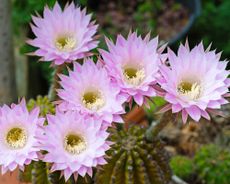
8 Fragrant Succulents And Cacti That Will Naturally Perfume Your Home
More than just attractive, easy-care houseplants, many succulents and cacti also produce an inviting scent. Discover the best varieties to perfume your interior with beautiful flowers or aromatic leaves.
By Bonnie L. Grant
-
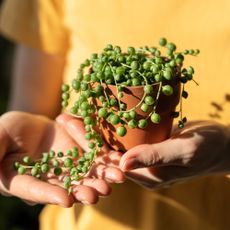
String Of Pearls Plant: Everything You Need To Know For Happy Plants
Also known as string of beads, the string of pearls plant is an easygoing succulent that quickly adds vertical interest to any room. Here’s how to make the most of yours
By Bonnie L. Grant
-
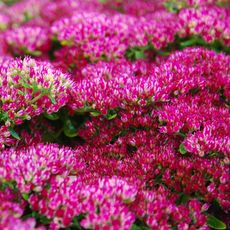
10 Types of Sedum: Best Stonecrop Varieties For Sustainable Gardens
Few plants work harder, more efficiently or quite so creatively as stonecrops. Discover the best types of sedum for beautiful and sustainable gardening projects
By Janey Goulding
-
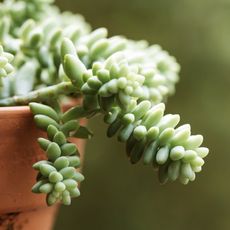
Burro’s Tail: Ultimate Care And Growing Guide
Perfect for the novice gardener, burro’s tail succulent, or donkey tail plant, is simple to care for and propagates easily.
By Bonnie L. Grant
-
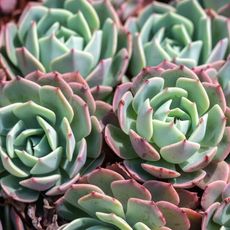
Echeveria Care Guide -- How To Grow Echeveria Succulents
Echeveria is a great plant, with its care practically foolproof. Learn more about these plants and how to grow them in this article.
By Bonnie L. Grant
-
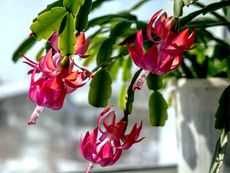
Advice For Christmas Cactus Care
A blooming Christmas cactus can be your pride and joy. Treat it well and it'll reward you with blossoms and holiday cheer.
By Nikki Tilley
-
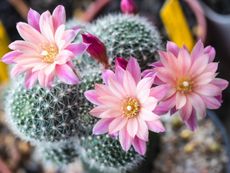
Cacti For Beginners: Easy Cactus Varieties
One of the easier plants to grow is a cactus. There are numerous cacti for beginners from which to choose. Click to learn more about easy to grow cacti.
By Liz Baessler
-
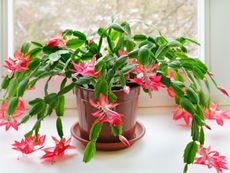
How To Grow A Holiday Cactus - Christmas, Thanksgiving & Easter Cactus Differences
Can't tell the three kinds of holiday cactus apart? Click here to learn the differences, and how to care for all of them.
By Amy Draiss
-

Unique Succulents To Add To Your Collection
Learn about unique varieties of succulents and cactus to beautify your plant collection.
By Bonnie L. Grant
-
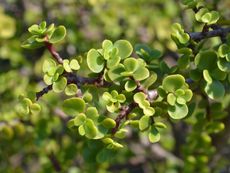
Growing Elephant Bush Indoors: How To Care For Elephant Bush Houseplants
A few rules on how to care for elephant bush will help you grow a healthy specimen. Learn more elephant bush plants in this article.
By Bonnie L. Grant
-
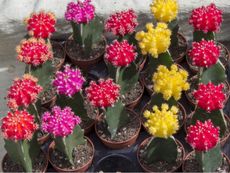
Moon Cactus Repotting: When Should Moon Cactus Be Repotted
It's easy to be tempted into buying a moon cactus. But what comes next? Click here to learn how and when to repot moon cacti.
By Bonnie L. Grant
-
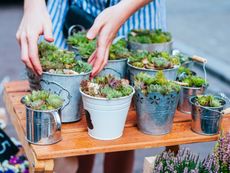
Succulents Too Big For Pot – How To Repot Succulent Arrangements
Do your potted succulents need a fresh new home? Read on to learn the best ways to repot succulents, and how to know when it’s time.
By Becca Badgett
-
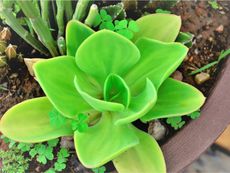
Echeveria Pallida Plant Info: Growing Argentine Echeveria Succulents
If you enjoy growing succulents, then Echeveria pallida may be just the plant for you. Click here to learn about Argentine echeveria plants.
By Becca Badgett
-
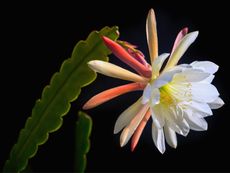
Epiphyllum Varieties: Types Of Cactus Orchid Plants
Epiphyllum are the gems of the cactus world. Commonly called orchid cactus, they produce absolutely stunning flowers. Click to learn more.
By Bonnie L. Grant
-
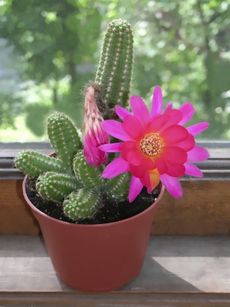
Fertilizing Cactus Plants: When And How To Fertilize A Cactus
Wondering how to fertilize a cactus plant can present a bit of a dilemma, because the first question that comes to mind is "Does a cactus need fertilizer, really?". Find out and learn more about fertilizing cactus plants.
By Gardening Know How
